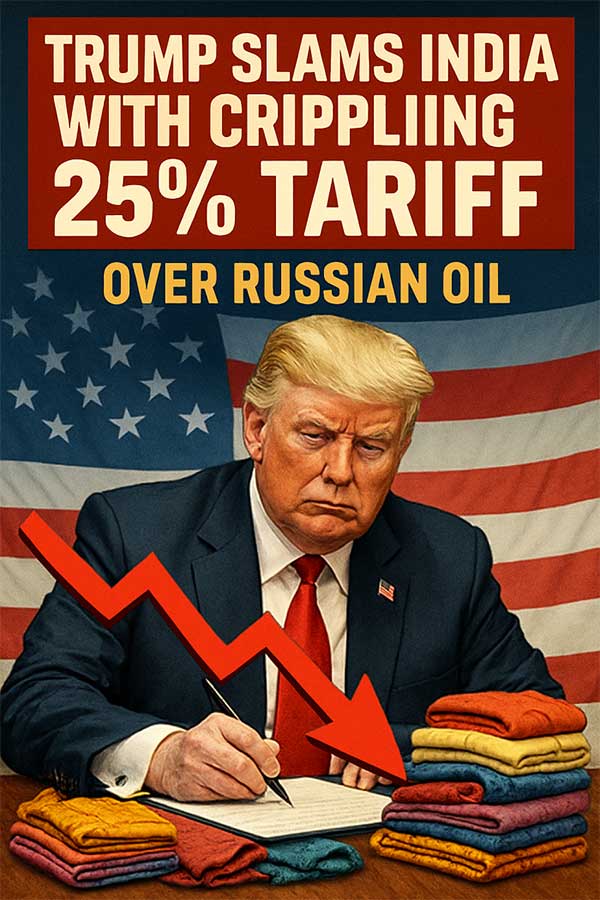Ethiopia’s exports of textiles and apparel grew 32 per cent from 2012 to 2016. The share of textile and garment exports in the country’s total exports grew from 2.46 per cent to 5.46 per cent during the same period.
Ethiopia is transitioning from an agriculture-based economy. The textile-apparel industry is a significant element of the economy, in both financial and social terms, as it is a major source of employment and foreign exchange. Cotton consumption in Ethiopia is expected to increase in the coming years as a result of expansion in the textile industry due to foreign investment from countries such as China, India, and Turkey, among others. The Ethiopian cotton sector currently meets 70 per cent of the domestic industry’s raw material requirements. Several foreign companies have committed to investing in industrial parks to accelerate textile production and garment manufacturing. There are at least a dozen spinning mills in the pipeline to address some of the expected demand for yarn. These planned facilities, plus the 15 existing spinning mills currently operating, will bring the country’s installed annual processing capacity of lint cotton to 2,00,000 metric tons.
In sub-Saharan Africa, cotton-producing countries export about 90 per cent of their fiber.
Ethiopia textiles and apparel exports up 32 per cent
- 1
- 2
- 3
- 4
- 5
- 6
- 7
- 8
- 9
- 10
Elite consumers power luxury market amid global slowdown, highlights BCG Report
As the global luxury industry confronts its first major slowdown in over a decade, a quiet but powerful transformation is... Read more
Trump's Tariff Shock: Indian apparel industry faces exodus as US buyers demand r…
In a dramatic reversal of fortune, India's apparel industry, once poised for growth amid a changing global trade landscape, now... Read more
From Texas to Dhaka, cotton’s route rewritten by trade and tension
In the sprawling fields of West Texas and the ginning factories of Gujarat, tremors of geopolitical unrest are being felt... Read more
Trump slams India with crippling 25% tariff over Russian oil, Indian textile ind…
In a dramatic escalation of global trade tensions, U.S. President Donald J. Trump today signed an Executive Order imposing an... Read more
Circularity in fashion hits a plateau, reveals Kearney's 2025 index
A new report from global management consulting firm Kearney suggests that while circular fashion has become a mainstream ambition, the... Read more
From Seoul to São Paulo: How Gen Z is driving a genderless fashion future
From the minimalist ateliers of Copenhagen to the neon-lit youth districts of Tokyo, unisex fashion is no longer a fringe... Read more
Time to Lead, Not Follow: Textile industry must become a national priority, says…
In a visionary address at the Textile Leaders’ Conclave 2025 in Ahmedabad, Kulin Lalbhai, Vice Chairman of Arvind Ltd., called... Read more
Fashion flows shift, Vietnam and UK drive growth as others stall
The global apparel trade and retail sector continues to evolve, balancing between post-pandemic recovery, macroeconomic uncertainties, and changing consumer behavior.... Read more
Inflation, wages, and green mandates, what’s unravelling Türkiye’s textile domin…
Once celebrated as a textile stronghold bridging East and West, Türkiye’s garment and textile sector now faces numerous crises. From... Read more
India's Textile Exports to US Face Tariff Shock: What gets hit, what holds groun…
In a significant trade development, the United States has imposed a 25% tariff on all Indian imports, effective from Aug... Read more












